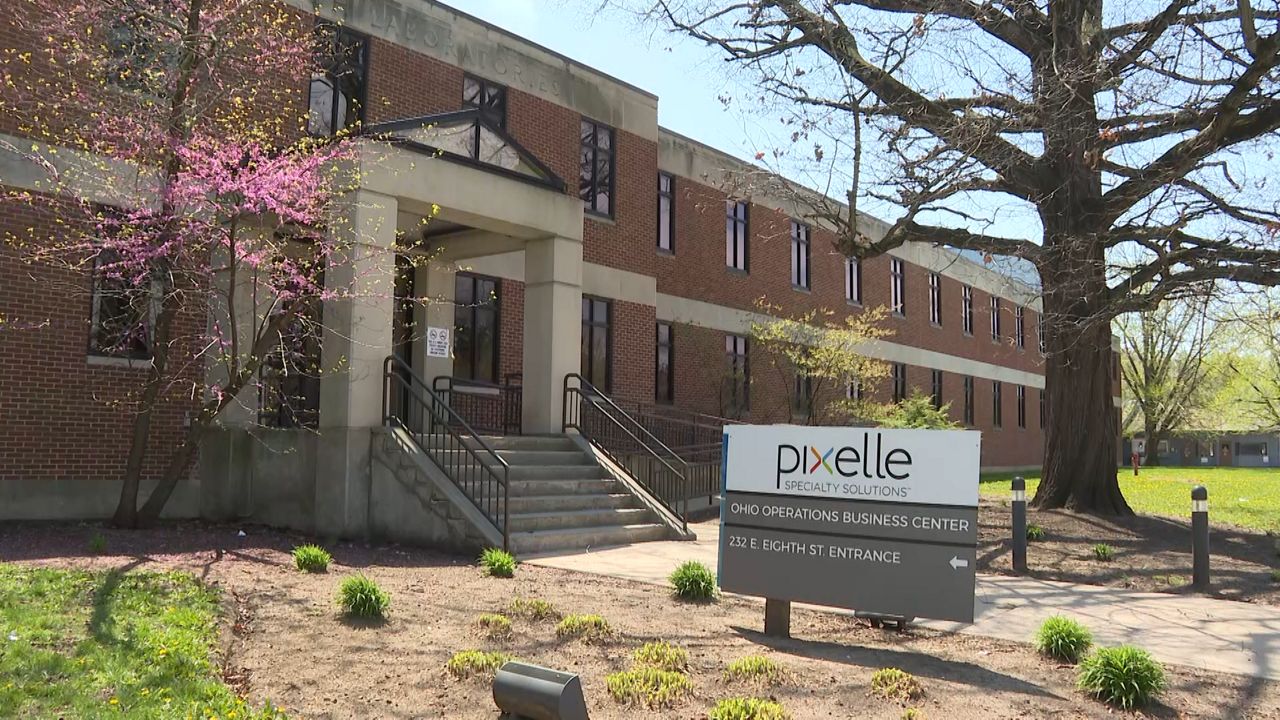DAYTON — Despite prices going up everywhere, some Ohio water bills might just stay the same because of the sun. The city of Dayton is planning to use solar panels to power the city's water plant.
It’s been nearly four decades, and you can still see it pieces of concrete left behind from a historic fire that burned down a paint factory in Dayton.
Meg Maloney has had her eye on it for years.
“This site has been vacant since 1987, and so we figured that it would be good to reuse a site that has limited redevelopment options while also then cutting down on our emissions,” said Maloney.
She’s Dayton’s sustainability manager and part of a team looking at ways to cut down air pollution after the city declared a climate emergency back in 2021.
“We were looking at our largest energy users within city facilities and our water department and our airport are some of our largest energy users,” said Maloney.
That’s why she said they came up with a plan to turn that empty field into 25 acres of solar power for the city’s water treatment plant.
“We are going to have tracking arrays. so the solar panels are going to follow the sun every morning. They’ll start out pointing eastward and then, over the course of the day, they will follow the sun and rotate westward,” said Maloney.
Matthew Worsham is a part of the city’s sustainability team and has been making sure the numbers add up in the agreement.
He said the city made an agreement with IGS Energy. IGS will install and pay for the solar panels, and the city pays the company for the energy that comes off of the panels, which he says is cheaper.
“Power prices are going up so we’re really just trying to be proactive and make sure that we lock in some protections from price increases over the next 25 to 30 years,” said Worsham.
He said during that time about 40% of the water plant’s energy will be solar and home water bills won’t be going up as much either.
But the plan for clean energy doesn’t end with the water plant. The team has their eye on solar at the city’s airport next.
“We’re hoping to move forward with the airport in the next couple of years, in addition to other city facilities,” said Maloney.












